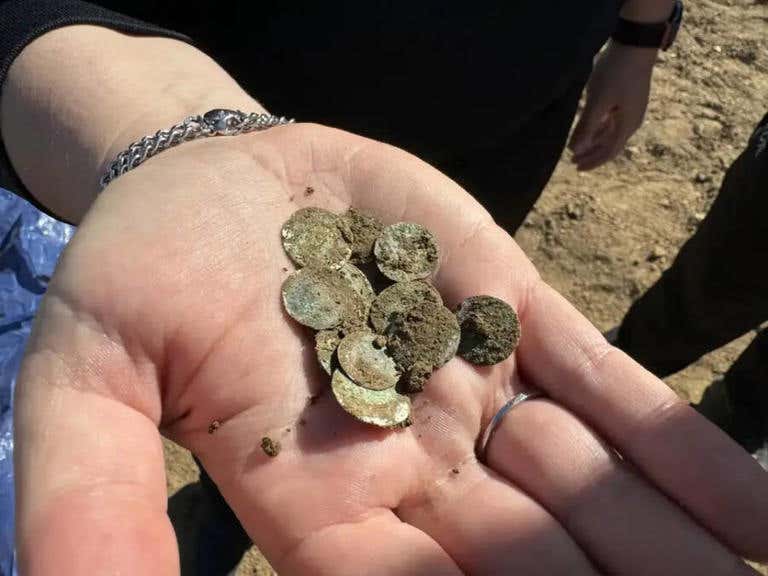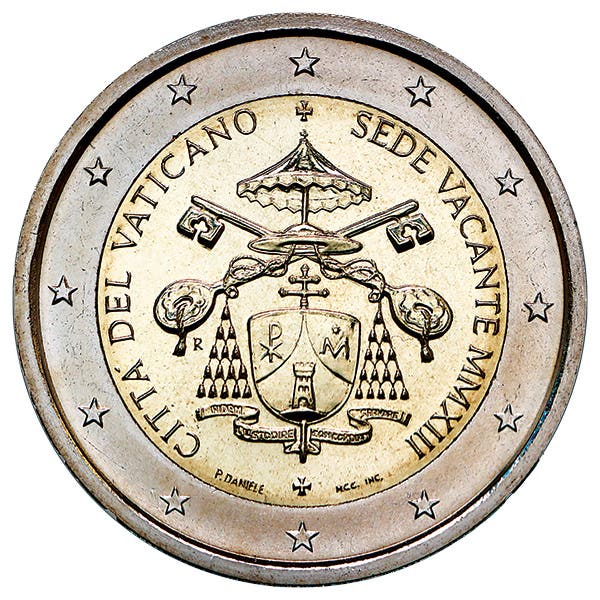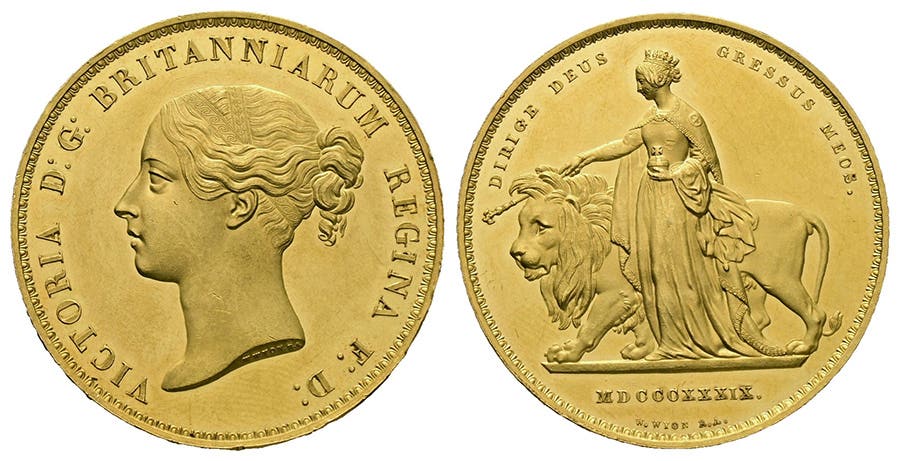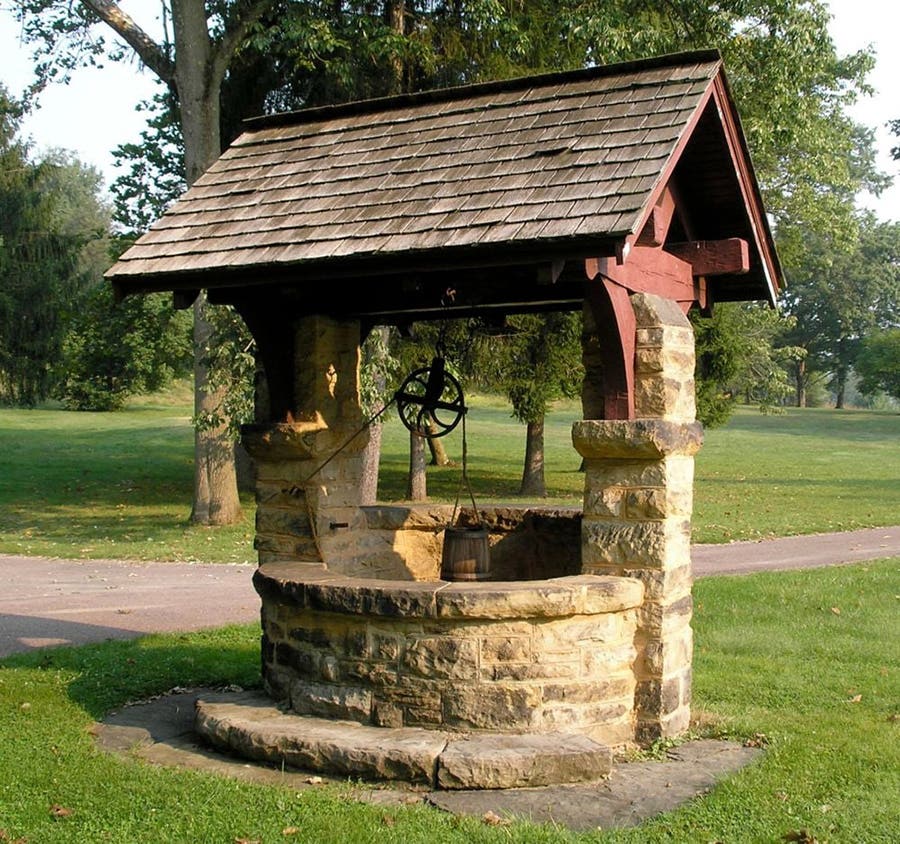Further Coins Found at Wiślica
Perhaps it’s the gift that keeps on giving, but the discovery of yet more coins at a dig site in Poland that began in the 1960s has resurrected interest in…
Perhaps it’s the gift that keeps on giving, but the discovery of yet more coins at a dig site in Poland that began in the 1960s has resurrected interest in what is known as the Wiślica trove.
Wiślica is a town that as of 2018 had a population of about 500. The town was established prior to the founding of the Polish state in the 10th century. It may have been established as the capital of the Vistulans Slavic tribe due to being close to commercial routes between Kraków and Sandomierz. The region was later under the control of Great Moravia and Bohemia, these two regions in turn brought under the control of Duke Mieszko I of Poland after 990.
The surviving archeological remains of ancient Wiślica date from the late 12th century. The town had a sophisticated street system that was advanced for that time. Wiślica was also divided into 10 sub-settlements and served as the capital of the Duchy of Wiślica between 1166 and 1173. Helen of Znojmo, wife of Prince Kazimierz Sprawiedliwy (“the Just”) designated the town as a cultural center. It has been suggested by historians that Wiślica was likely pillaged by the Mongols during their 1241 invasion of Europe.
Hillforts or motte that have more recently been named “Hillfort” and “Regia” appear to have been built during the 10th century. Regia appears to have been destroyed during the third quarter of the 10th century. Wiślica was under siege by Ruthenian and Polovts tribes in 1135. During the 13th century, a stone wall was erected due to an attempt by Władysław “the Short” to seize Wiślica. The hill on which the wall is situated was used as an artillery position by the occupying Russian Army during World War I, with many of the stones being taken away later by local citizens to build their homes.
In 1929 the site of both Wiślica motte were declared to be a reserve of the State Archaeological Museum in Warsaw. Today there are eight archaeological dig sites in Wiślica including the two motte, the village “Grodzisko” and the Gothic collegiate church. A Romanesque-style floor was discovered during the excavation of a burial crypt at a chapel. Grodzisko was the site of the political struggles of Władysław Łokietek over Lesser Poland during the late 13th and early 14th centuries as well as a princely residence between the reigns of Henryk Sandomierski (1131-1166) and Kazimierz Sprawiedliwy or “the Just” (1138-1194).
During the 1960s and 1970s, more than 500 medieval coins were discovered at the site, then dubbed the Wiślica trove. In August this year, 12 silver coins were discovered, 11 of which date from the reign of Bolesław II “the Bold” (ruled 1058-1079) and the other from the reign of Władysław I Herman (ruled 1079-1102).
Following a pause Boleslaw II re-started minting coins in 1070. It has been estimated between 800,000 and several million silver denarii were produced. His denar coinage was based on the mark (grzywna) rather than on the previously used Carolingian pound weight standard. A dinar would have an average weight of 0.85 grams, this being based on 240 denars being minted from one mark of silver under the mark or grzywna standard. Modern studies indicate many of Boleslaw II’s coins actually weigh about 0.7 grams. The duke further debased his coinage to between less than 21 and 50 percent silver.
Most early Polish coinage cannot be attributed to a specific mint, although it is known the principal mint was situated at Cracow once the national capital was moved there during the 11th century. Several local dukes minted their own coinage beginning in the 1170s. Boleslaw II’s coins display a personification, likely the duke, on the obverse. The reverse of his coins depict a horseman, a stylized building with three towers, or a figure fighting a dragon on the reverse.
Władysław I’s denars depict a head on the obverse, with a stylized building with three towers on the reverse.
The local news outlet Echo Dnia quoted Wiślica site archeologist Michał Gliński as saying, “We are expanding the Wiślica Trove with new treasures… In the 1970s, when the previous work was completed, there were no such technological resources available, especially when it came to metal detectors.”
Gliński acknowledged the Świętokrzyska Exploration Group, a society of amateur metal-detecting enthusiasts who assisted the archaeologists during their excavations. A second-century ancient Roman fibula was also found at the dig site, however according to Gliński the fibula “does not significantly affect the now recognized history of the site,” adding, “We can only speculate on how it ended up here.”








